Introduction
Released in 1981 by Sega, Turbo was a landmark racing arcade game that pushed the genre forward with fast-scrolling visuals and dynamic track environments. Players raced against computer-controlled cars through city streets, mountain passes, and tunnels, all while avoiding crashes and overtaking rivals. With its vibrant graphics, cockpit-style cabinets, and realistic sense of speed, Turbo helped define what an arcade racing game could be in the early 1980s.
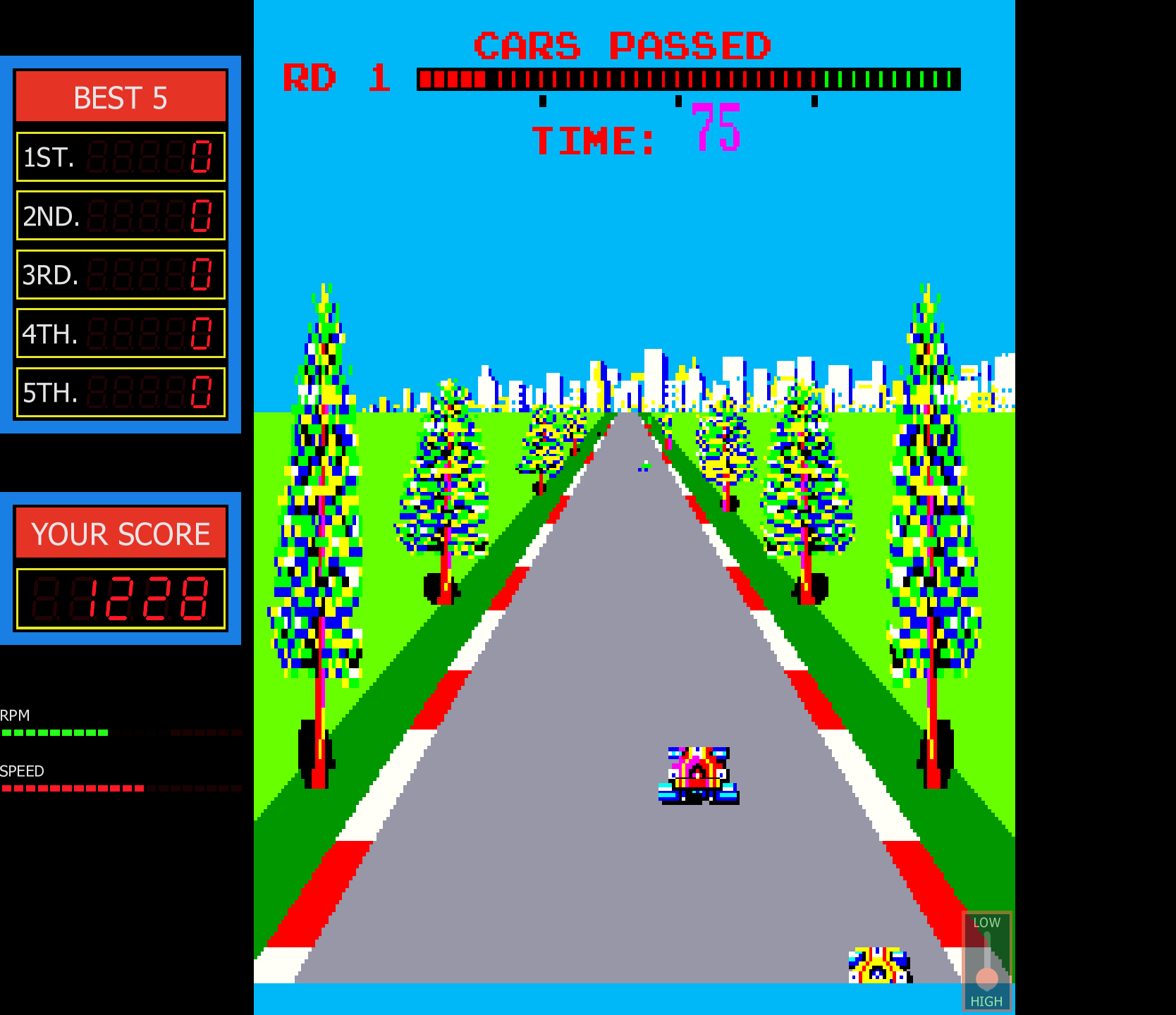
Development and History
- Developer: Sega
- Publisher: Sega (Gremlin licensed U.S. distribution)
- Release Date: 1981
Designed by Steve Hanawa and his team at Sega, Turbo was developed to showcase more advanced sprite-scaling techniques than earlier driving games like Night Driver or Monaco GP. Sega manufactured both upright and sit-down cockpit versions, the latter enhancing immersion with a steering wheel, gear shifter, and pedals. Licensed to Gremlin for U.S. distribution, Turbo was a strong commercial success in arcades and influenced many racing titles that followed, including Namco’s Pole Position (1982).
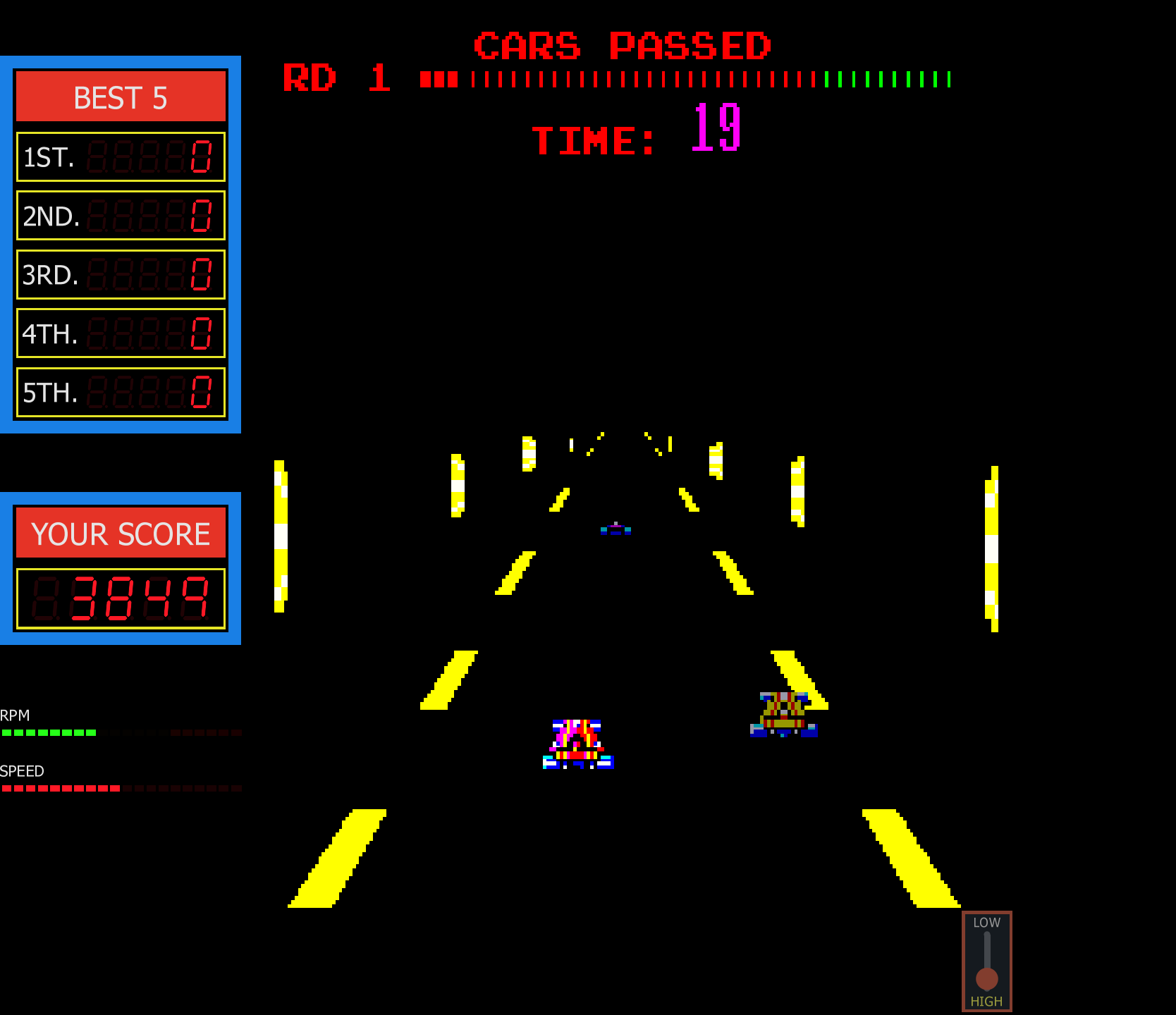
Gameplay Video
Gameplay and Mechanics
- Checkpoints: Players must pass through timed checkpoints to continue racing.
- Traffic Overtaking: Success is based on passing as many cars as possible without crashing.
- Diverse Environments: Courses feature cityscapes, tunnels, bridges, mountain roads, and night driving.
- Dynamic Hazards: Players face oil slicks, tight curves, and traffic patterns that demand precision steering.
- Cabinet Options: Available in upright and deluxe cockpit cabinets with steering wheel, pedals, and shifter.
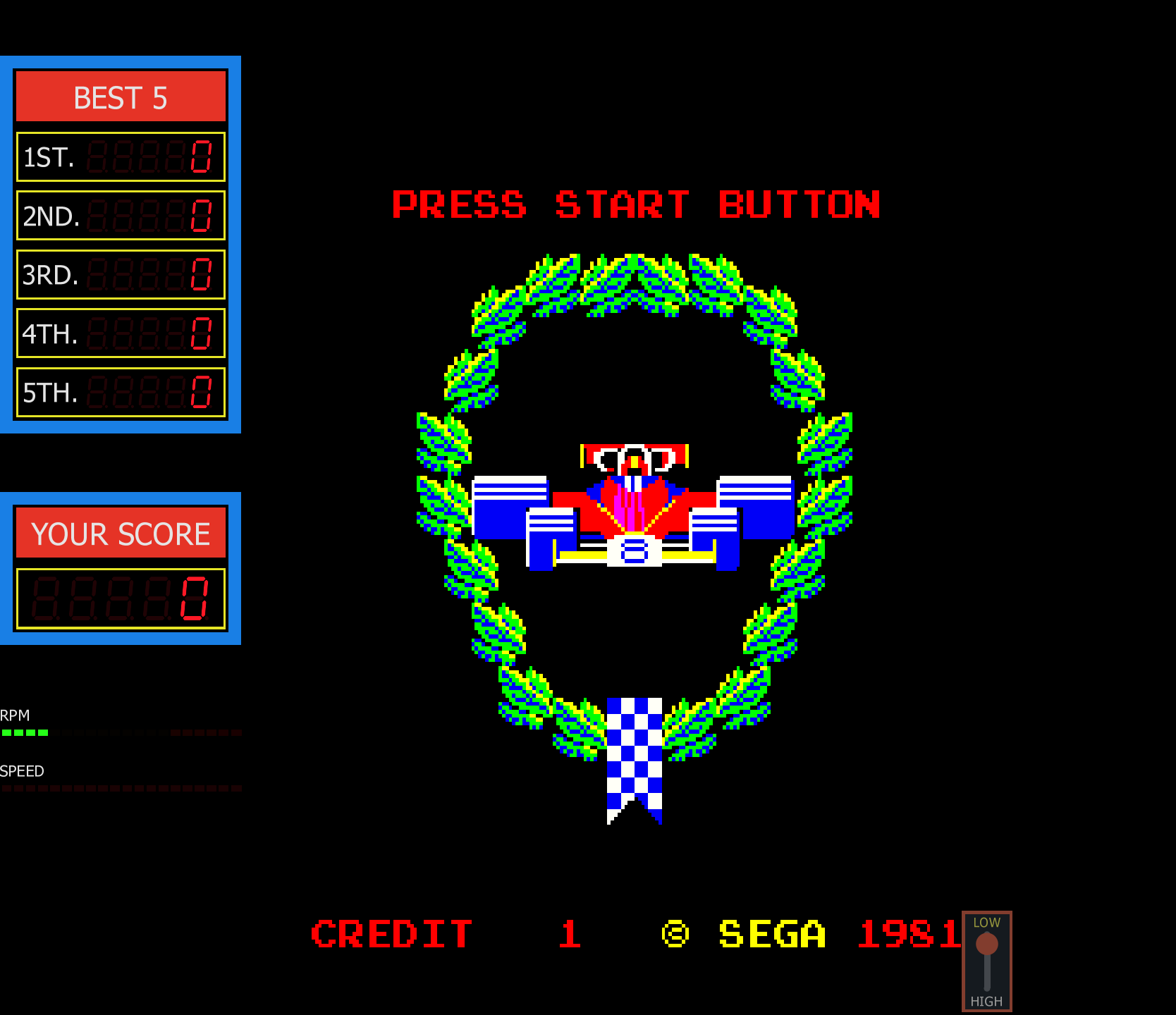
Cultural Impact and Legacy
Turbo was among the most influential arcade racing games of its era, setting a new standard for speed and realism. Its commercial success helped cement Sega’s reputation as a leader in the racing genre, a legacy that continued with Out Run in 1986. Although later eclipsed by polygon-based racers, Turbo remains a historically important title for introducing environmental variety and checkpoint-based racing.
The game also gained recognition through its unique deluxe cabinet design and was ported to home systems like the ColecoVision, further extending its reach. Today, Turbo is remembered as a pioneering step in the evolution of arcade racing.
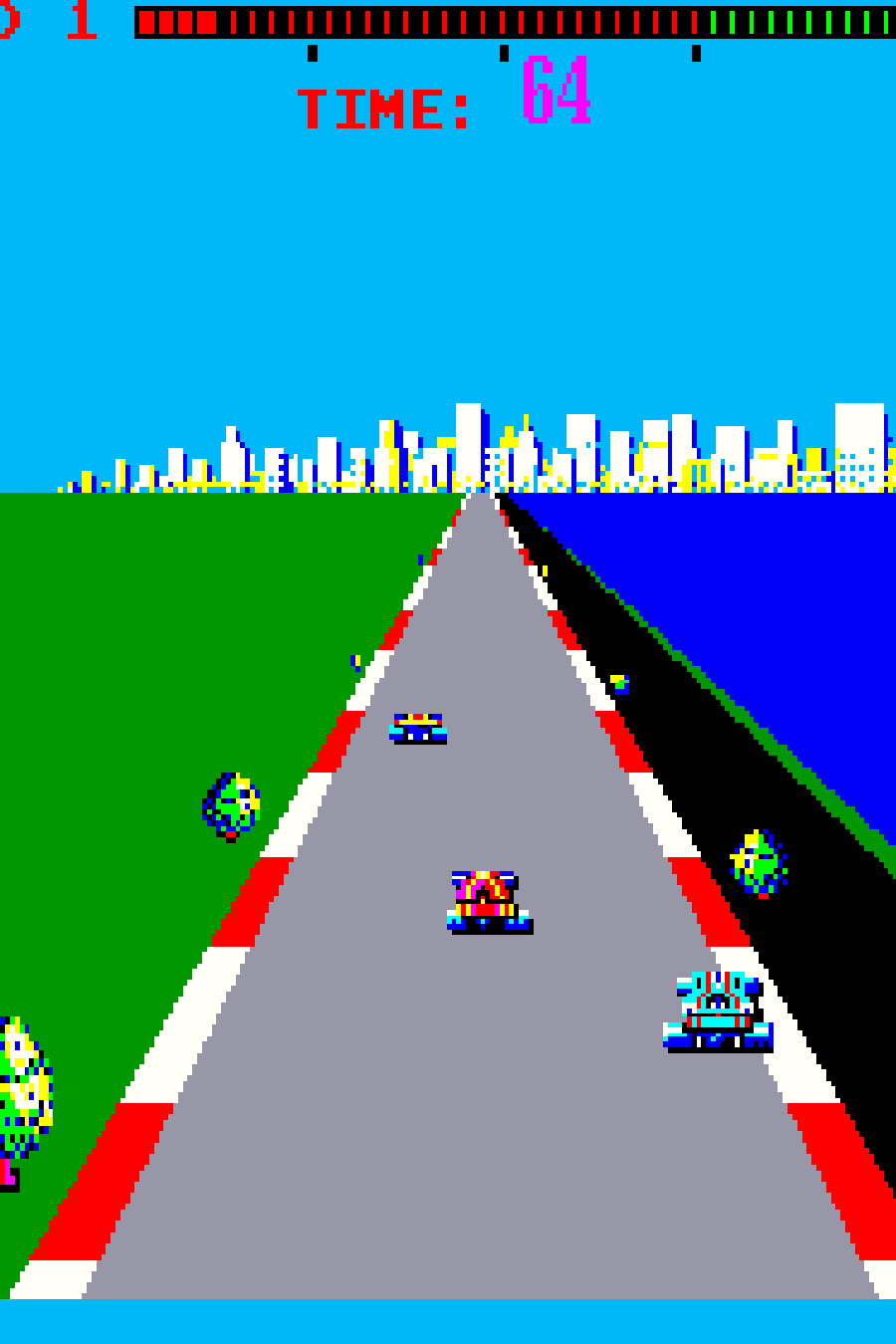
Fun Facts
- Turbo was Sega’s first major attempt at a realistic racing simulator using sprite-scaling graphics.
- The cockpit cabinet included a gear shifter, pedals, and a steering wheel for a true driving experience.
- The ColecoVision home port of Turbo was bundled with a steering wheel controller accessory.
- Namco’s Pole Position followed a year later and built on many ideas introduced by Turbo.
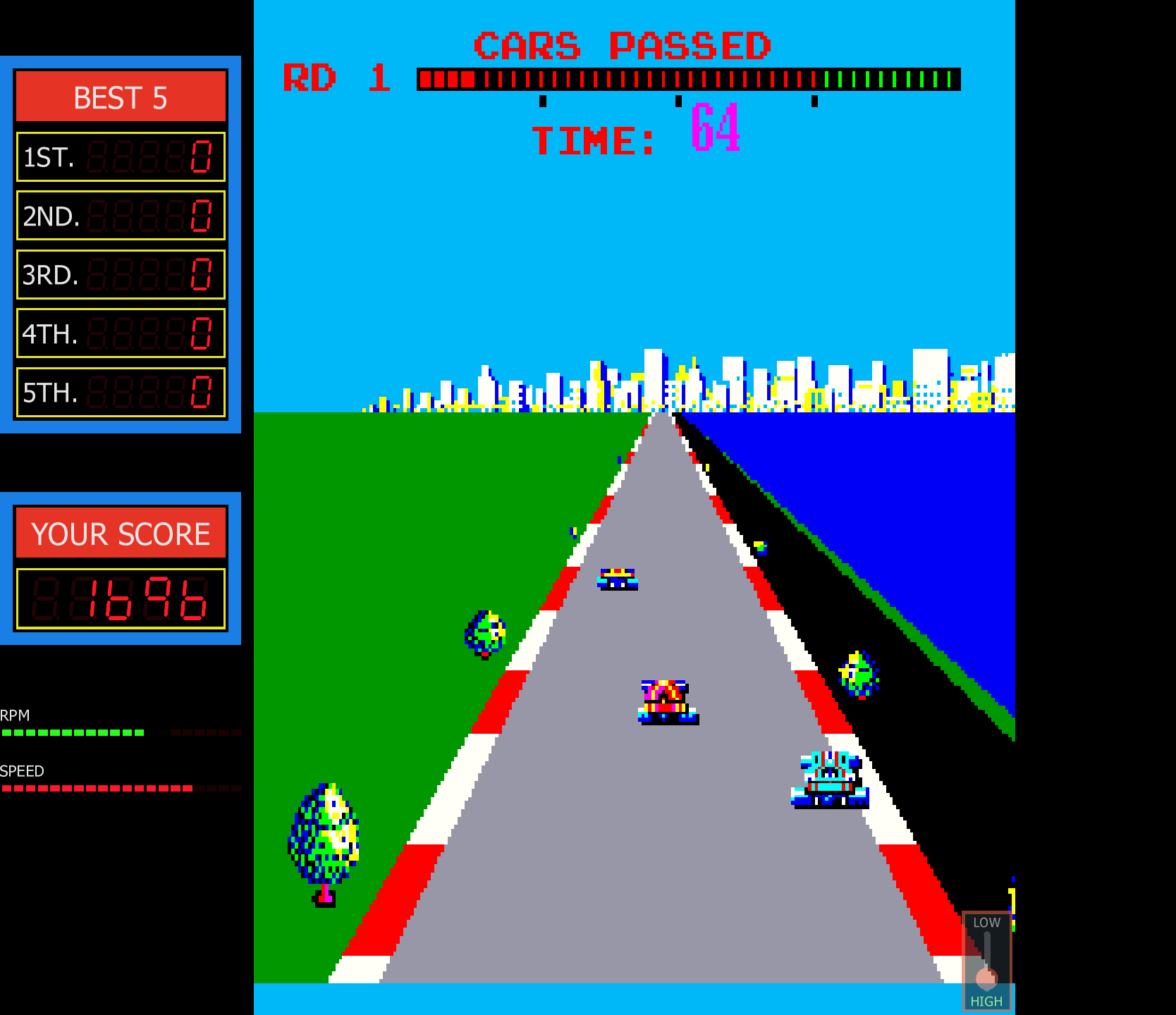
Conclusion
Sega’s Turbo set the pace for arcade racing in the early ’80s with its fast gameplay, diverse scenery, and innovative cabinet design. A commercial hit and technological milestone, it paved the way for the golden age of arcade racers. For collectors and enthusiasts, Turbo remains one of Sega’s most important early titles.
Want to Go Deeper Into Arcade History?
If this game left you craving more, dive into the complete stories behind some of the most iconic arcade genres and franchises. These articles explore the rise, innovation, and legacy of the games that shaped arcade culture:
- Top 25 Hidden Gem Arcade Games of All Time - Unearth the overlooked classics that still shine bright for arcade enthusiasts today
- Top 25 Beat ’Em Up Arcade Games of All Time – Discover the ultimate ranking of the greatest beat ’em ups ever to hit arcades
- The History of Beat ’Em Up Arcade Games – From Double Dragon to Final Fight, here’s how brawlers ruled the late ’80s.
- Donkey Kong’s Rise to Fame: How a Desperate Bet Created a Gaming Legend – The untold story of how Nintendo turned failure into a global icon, launching Mario, Miyamoto, and a new era of arcade storytelling
- The Economics of Arcade Gaming: The Golden Age of Coin-Op – This article explores the full arc of arcade economics: the explosive rise, the industry-shaking crash, and the waves of reinvention that kept the business alive
- The Complete History of Mortal Kombat Arcade – How a gritty fighter became a pop culture phenomenon.

